RisingOaks' kids play to learn to grow
Why Play?
The better question is, why not play?
After all, play is the way children naturally learn about the world. From the earliest age, as children begin to interact with the world around them, they play. They test. They take risks. They tumble. They laugh. They learn.
Play demands creativity. It develops imagination and dexterity. It creates physical, emotional, and cognitive strength. Play helps children create a world that they can begin to understand, and it leads to a world they can master.
Learning Through Play
RisingOaks' Director of Operations, Kristine Parsons, explains how learning happens through play. Watch this 5-minute video for an introduction to how the educators use schemas and scaffolding to help your child learn how to learn.
The benefits to your child
The team at RisingOaks Early Learning is dedicated to a world where every child thrives.
We build the foundation for learning, at the most pivotal time of a child's growth and development. Preparing them at this stage for a lifetime of learning is the key to their future. In essence, our expert educators help your child learn how to learn, so that as they progress through their education, they are better prepared to flourish and succeed as a result of the joy of learning we provide.

5 Essentials for Meaningful Play
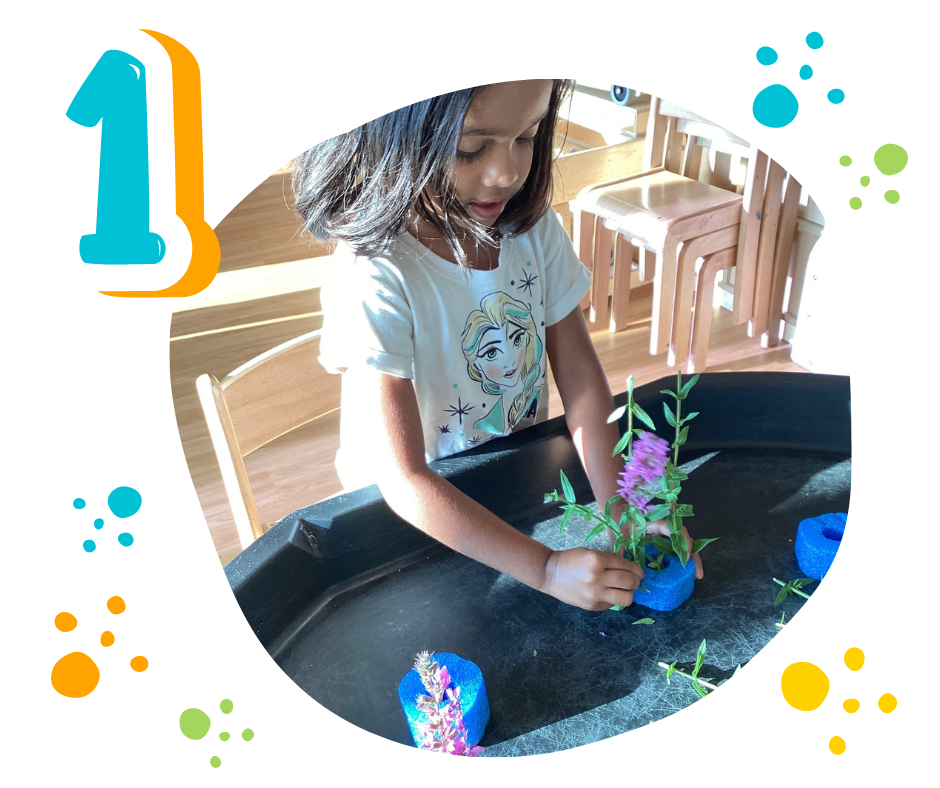
Let there be choice
When children are empowered to choose their own ways of playing, they not only enjoy the freedom of decision-making, but also begin to recognize the link between their choices and the outcomes that follow. The selection of toys and materials provided by their care givers plays a crucial role in enabling children to make more significant decisions. With open-ended materials, children have the flexibility to explore various uses and determine how they want to engage with them. For instance, a block can transform into a truck or any other object through a child's imagination. In contrast, a toy truck typically serves its intended purpose. Items like balls of tape, small wooden sticks, scraps of fabric, and other reusable resources are considered open-ended materials that spark imaginative thinking and bring joy when children use them to create something entirely unique.
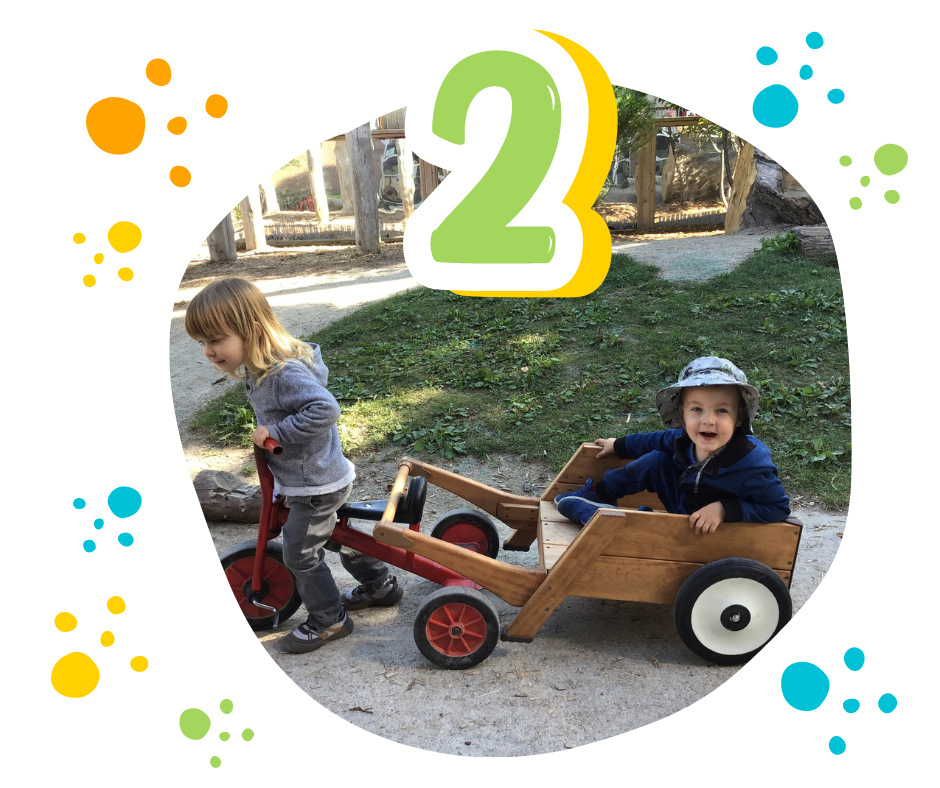
Children possess an inherent drive for play
This impulse to play stems from a fundamental curiosity to comprehend the world around them. This intrinsic motivation enables a child to self-regulate their emotions and impulses while engrossed in play. As children prioritize participating in play with their peers over fulfilling their individual desires and needs in the moment, they learn self-control. Research indicates that self-discipline plays a significant role in future success, particularly in today's digital era, where distractions are a part of daily life.
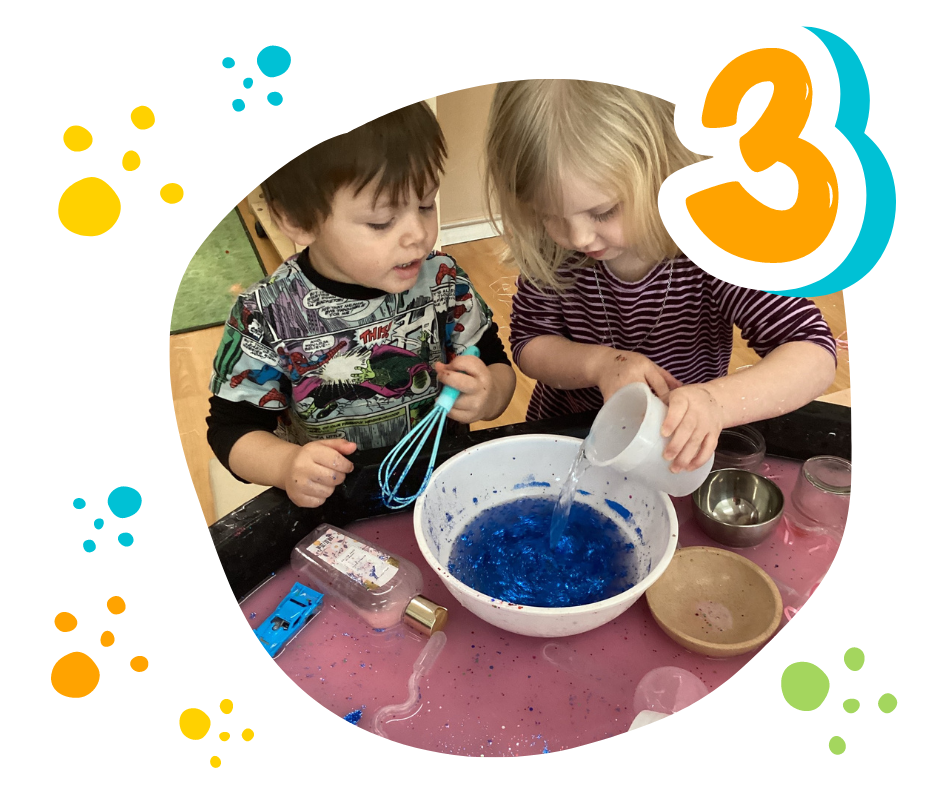
Children dive fully into the present moment during play
They become so absorbed that they lose awareness of their surroundings, time, and physical boundaries. Within this secure and nurturing environment, where the constraints of reality seem to fade, children feel free to explore, innovate, and explore the natural order of things without fear of failure. Despite their complete immersion in play, children maintain the ability to distinguish between reality and make-believe.
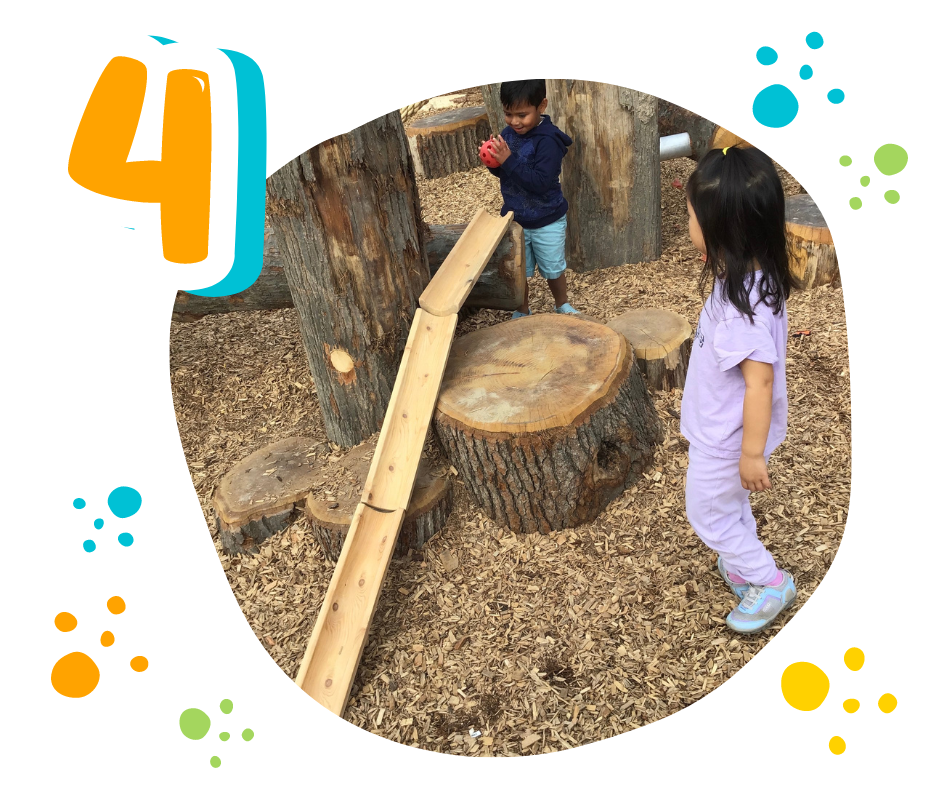
Play frequently unfolds spontaneously
Many times, play emerges entirely unplanned, while at other times, a child may introduce an impromptu variation to the initial plan. A child might alter their course of action, or external factors like uncooperative toys may necessitate a change in play. These unexpected twists offer children chances to nurture their adaptability in both thinking and decision-making, crucial skills for navigating life's challenges.
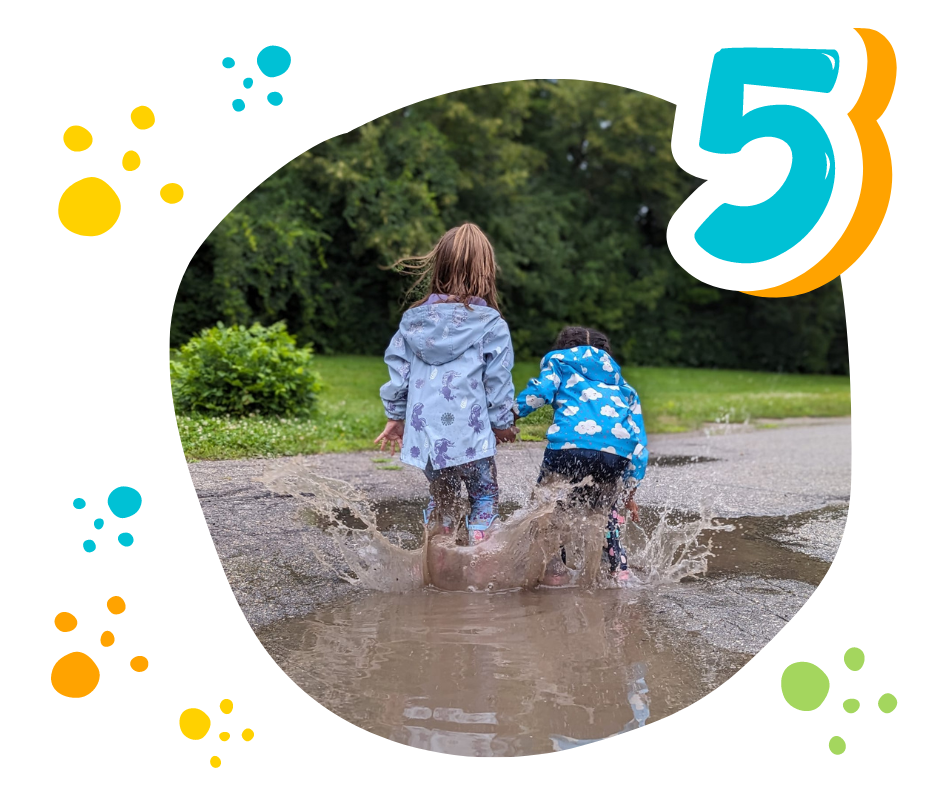
The Joy of Play
Play elicits emotions that define the experience. Without this emotional engagement, it merely becomes an activity rather than true play. Enjoyment is the natural outcome of participating in play; it brings joy! These core components of play illustrate how it offers a fulfilling journey for your child. Ultimately, isn't it our desire for our children to create fond play memories that will be cherished for a lifetime?
Stages of Play Across the Developmental Continuum
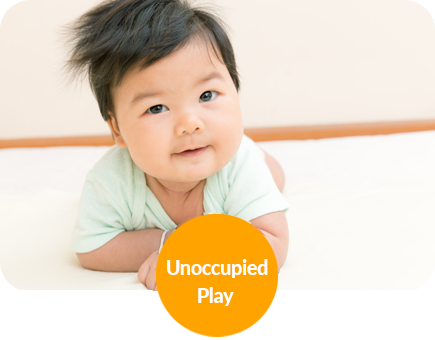
Typical Age: Infant
Description: Simple activities that set the stage for future play
Example: An infant laughs as they blow spit bubbles, clap their hands or kicks their legs.
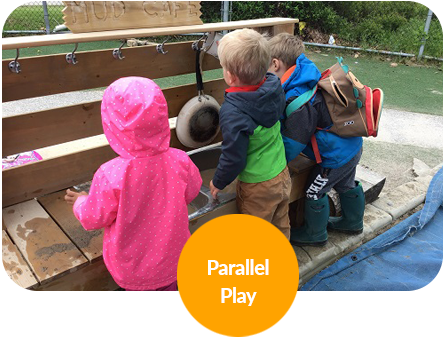
Typical Age: 3 to 4 year olds
Description: Playing side-by-side, but not with each other.
Example: Two children playing beside each other, with neither one engaging in the other's play.
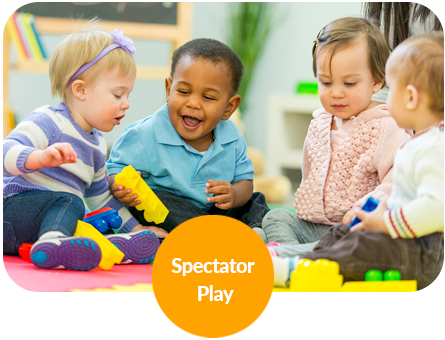
Typical Age: 3m to age 3
Description: Observing other children playing
Example: A child smiles or laughs at what they observe, but don't participate in the actual pay.
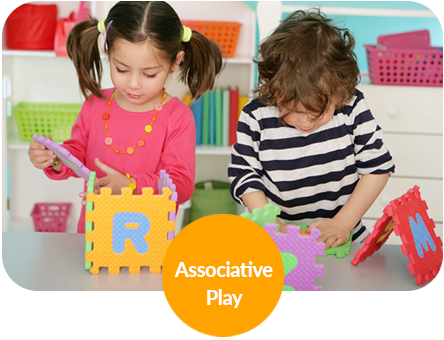
Typical Age: 3 to 4 year olds
Description: When parallel play morphs into playing together.
Example: Two children playing in the same area, having ownership over similiar toys and may involve communication.
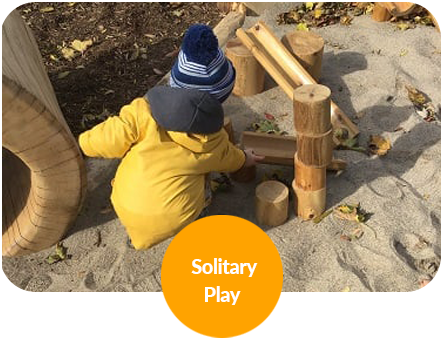
Typical Age: 2 - 3 years
Description: Play without a playmate
Example: A child plays alone with blocks and may engage in fantasy or imaginative types of play.
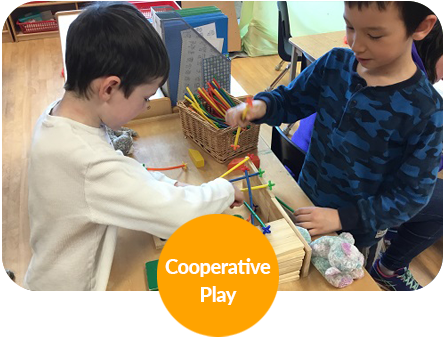
Typical Age: 3 to 4 year olds
Description: Children cooperating as they play together.
Example: Children take turns, discussing rules and roles as they play together.
Types of Play
SYMBOLIC PLAYPlaying with loose parts, using objects to represent other objects. | CREATIVE PLAYCan involve musical instruments, dancing, putting on a puppet show, including dramatic play. | DRAMATIC PLAYImitating or acting out experiences that are seen in the everyday environment. |
ROUGH & TUMBLE PLAYFriendly play involving gross motor and risky play. | SOCIAL PLAYPlaying with a socially agreed upon defined set of rules. | COMMUNICATION PLAYJoke telling, play acting and rhyming exchange. |
LOCOMOTOR PLAYGross motor play that may involve tag, hide & seek, chase and tree climbing. | IMAGINATIVE PLAYObserved in dramatic or fantasy play where a child may pretend to be an animal. | EXPLORATORY PLAYUses all of the senses during play. |
FANTASY PLAYSimilar to dramatic play, but with acting out experiences outside of daily life. | DEEP PLAYRisky play may include gross motor and conquering fears or taking safe chances. | MASTERY PLAYIncludes large muscle play in construction of forts, shelters etc. |
OBJECT PLAYMost familiar type of play using cards, dolls, etc. Involves hand-eye manipulations and movement. | ROLEPLAYChildren take on a role in their play as seen in dramatic, imaginative and fantasy play. | RECAPITULATIVE PLAYExploring ancestry, history, stories or rituals |

Free Play
Children choose from a variety of materials and activities with no direction from educators.

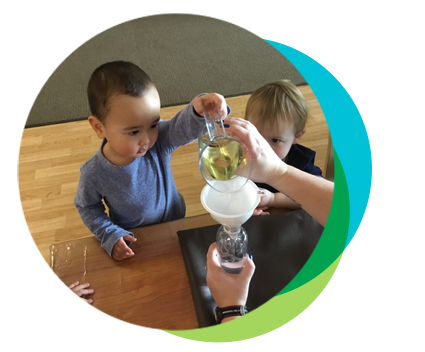
Guided Play
Educator engaged in the play, asking questions, providing additional material and information.




